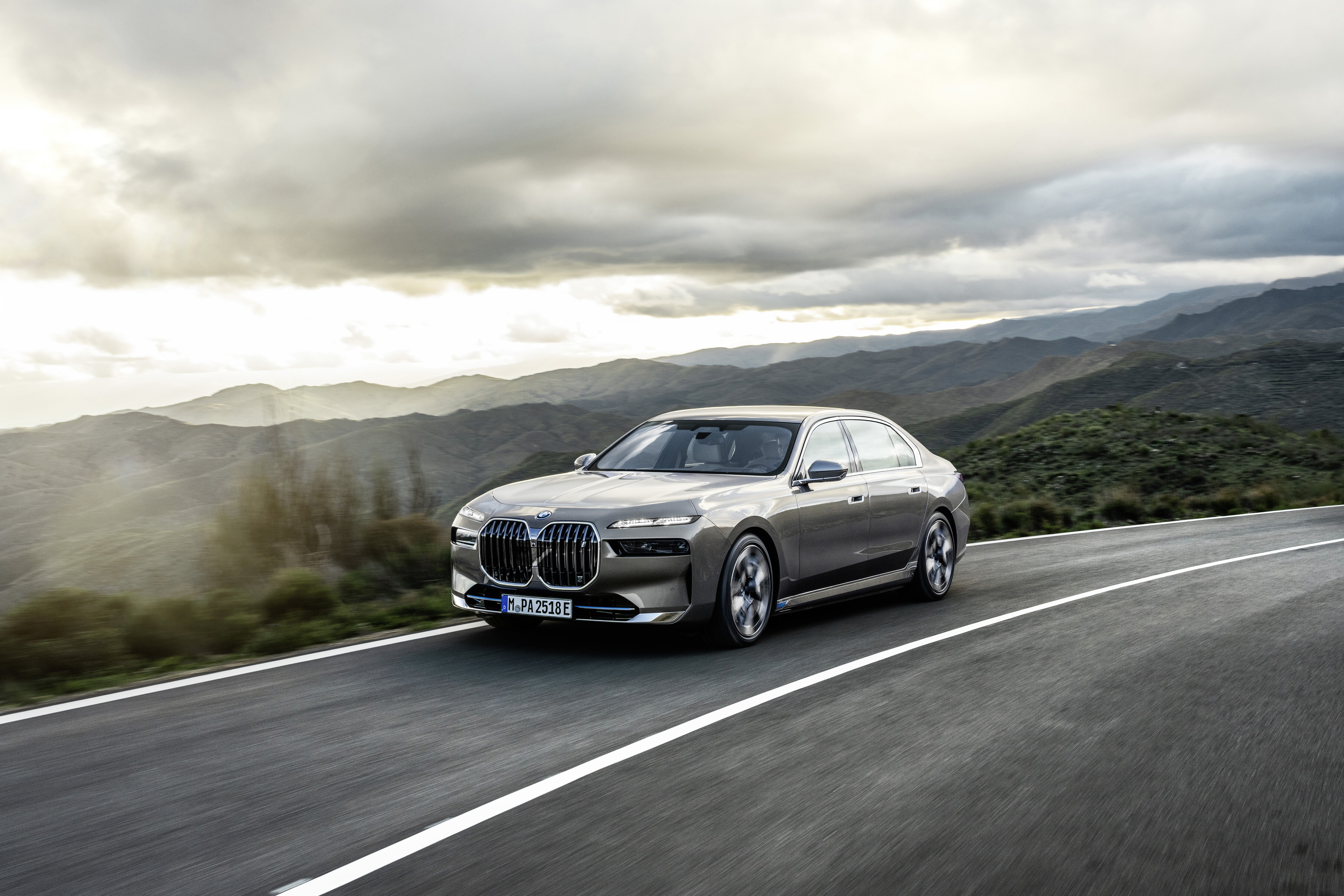All-Electric i7 showcased
BMW 740i and i7 xDrive60 confirmed for Australia end of 2022
UPDATE, April 22: BMW confirms local spec
The new 2023 BMW7 Series and i7 will arrive in Australia towards the end of the year, with the brand’s local arm confirming launch variants of each model.
Recently revealed as the latest iteration of BMW’s flagship limousine, the new 7 Series and the all-electric i7 will arrive here in the fourth quarter of 2022.
For the internal combustion engine-powered 7 Series, the 740i will be BMW’s sole offering at launch, powered by a 3.0-litre, turbocharged inline-six engine which produces 280kW and 540Nm with 48-volt mild-hybrid assistance.
The fully-electric i7 will also become available for local buyers in its “entry-level” xDrive60 guise, with the dual-motor powertrain pushing out up to 400kW and 745Nm, powered by a 101.7kWh battery pack which allows the luxury sedan to boast a driving range of up to 625km.
BMW Australia says it will provide further details on local pricing and features closer to the model’s launch later this year.

The story so far
April 21: 2023 BMW 7 Series and i7 revealed
Snapshot
- 2023 BMW 7 Series revealed ahead of Australian launch in late 2022
- All-electric i7 debuts alongside internal-combustion variant
- New technology includes Level 3 autonomous driving
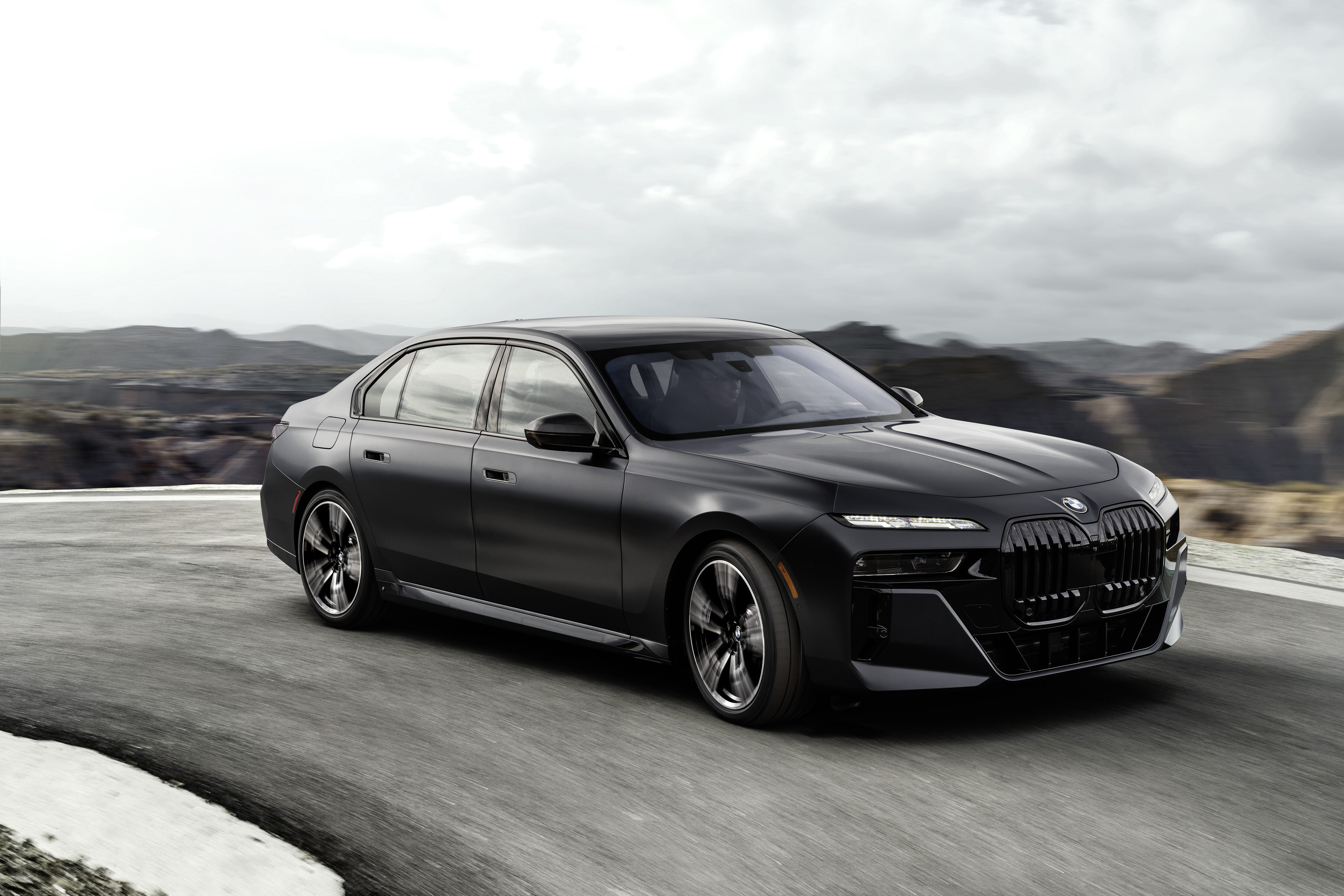
Following months of teasers, spy photos and leaks, the seventh-generation 2023 BMW7 Series has made its debut.
In a first for the 45-year-old nameplate, the model showcased to the world is the all-electric i7.
The flagship i7 M70 xDrive is one of the most powerful series-production vehicles ever produced by BMW, providing the heat to battle against the Mercedes-AMG EQS 53.
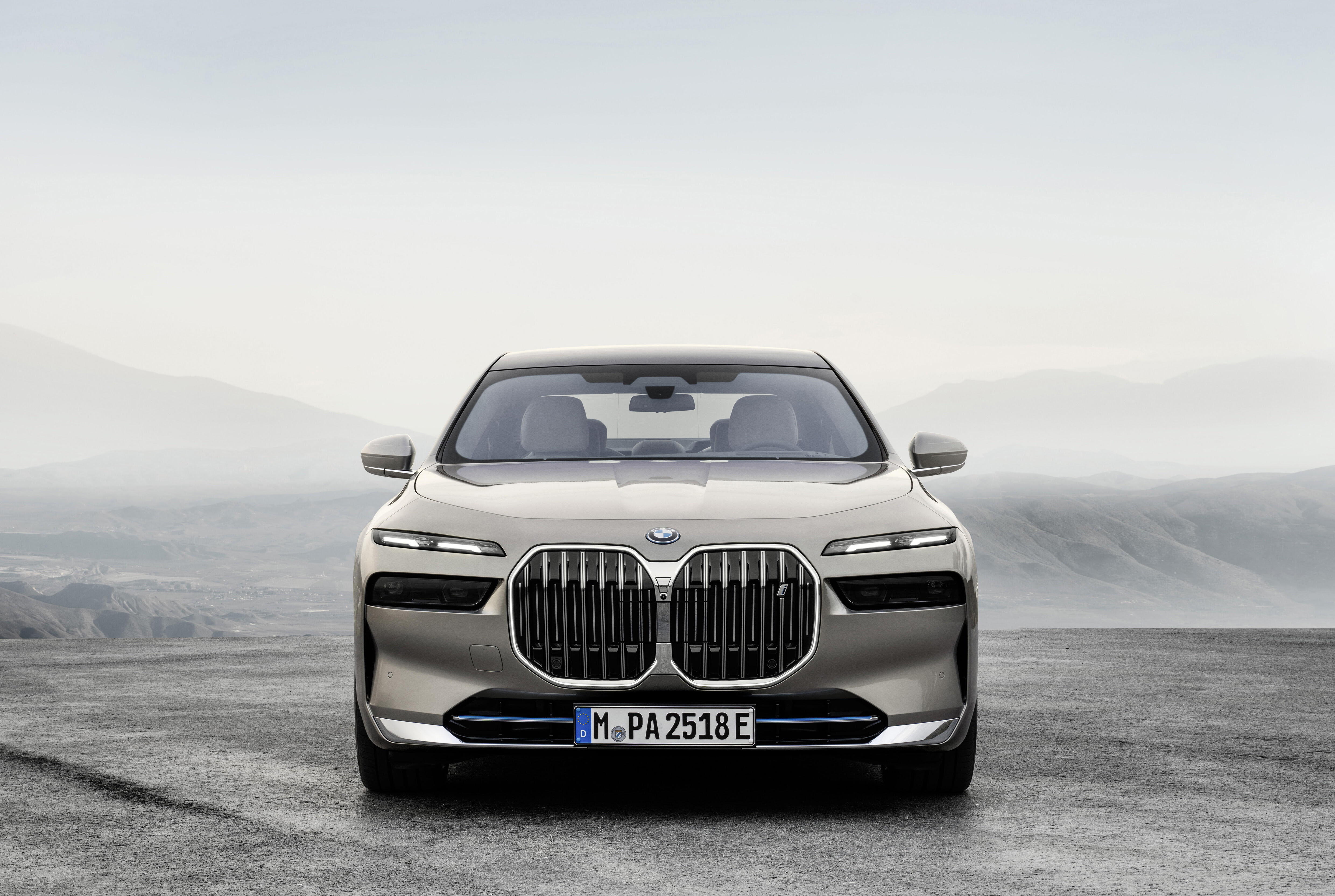
Featuring a dual-motor setup, the performance variant has a substantial 485kW of power and more than 1000Nm of torque, with a 0-100km/h sprint in less than four seconds. It will go on sale later in 2023, with additional information to be released in the coming months.
A less potent dual-motor xDrive60 will kickstart the i7 line-up, featuring 400kW/745Nm with a 101.7kWh lithium-ion battery pack and a claimed 625km driving range.
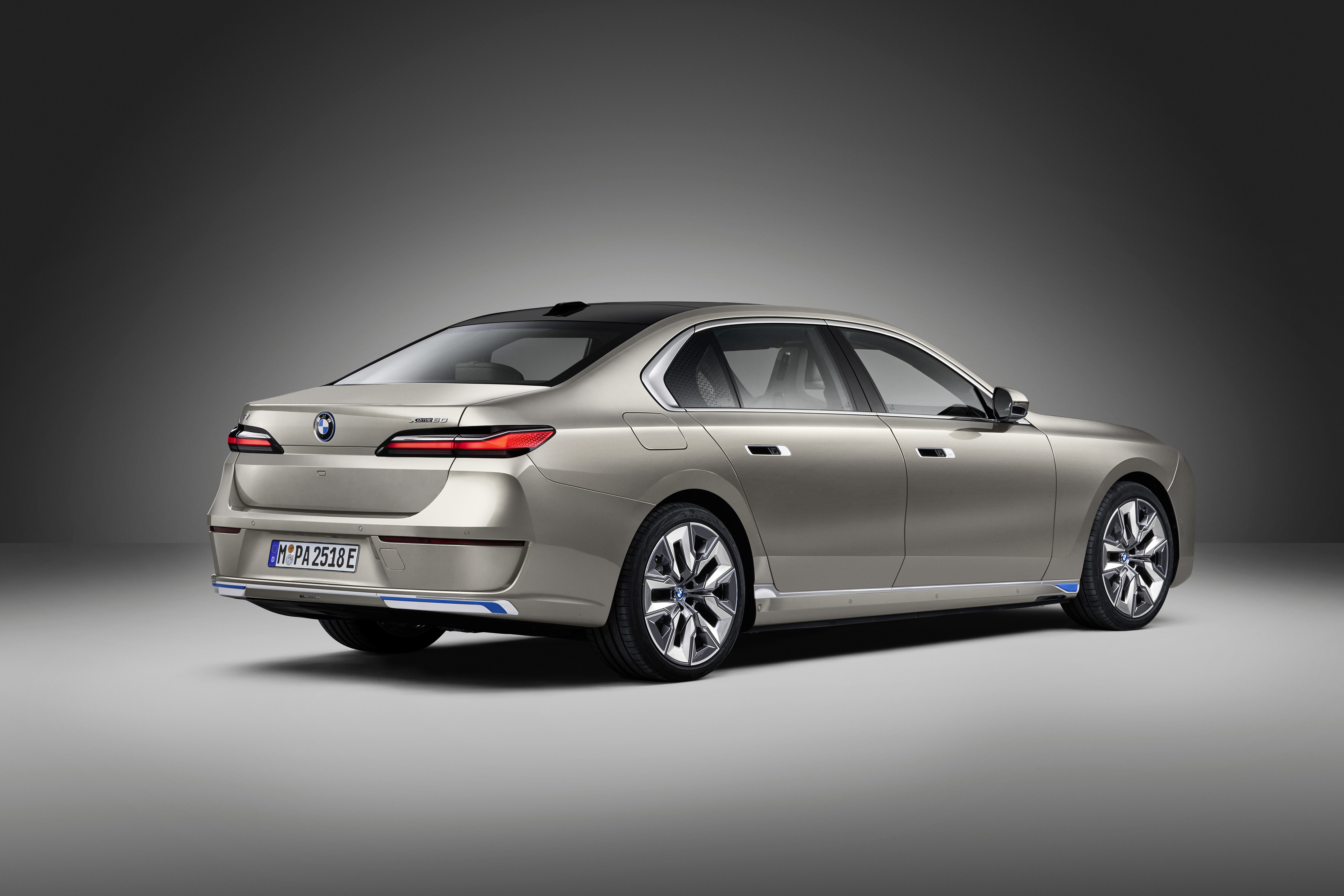
It can surge to 100km/h in 4.5 seconds, with a recharge rate of up to 195kW allowing 10 minutes of electric juice to add a claimed 170km of range.
While the iconic 7 Series might be going electric, BMW will still offer the latest generation range – codenamed G70 – with inline-six petrol, diesel and plug-in hybrid, and petrol V8 drivetrains.
Exterior
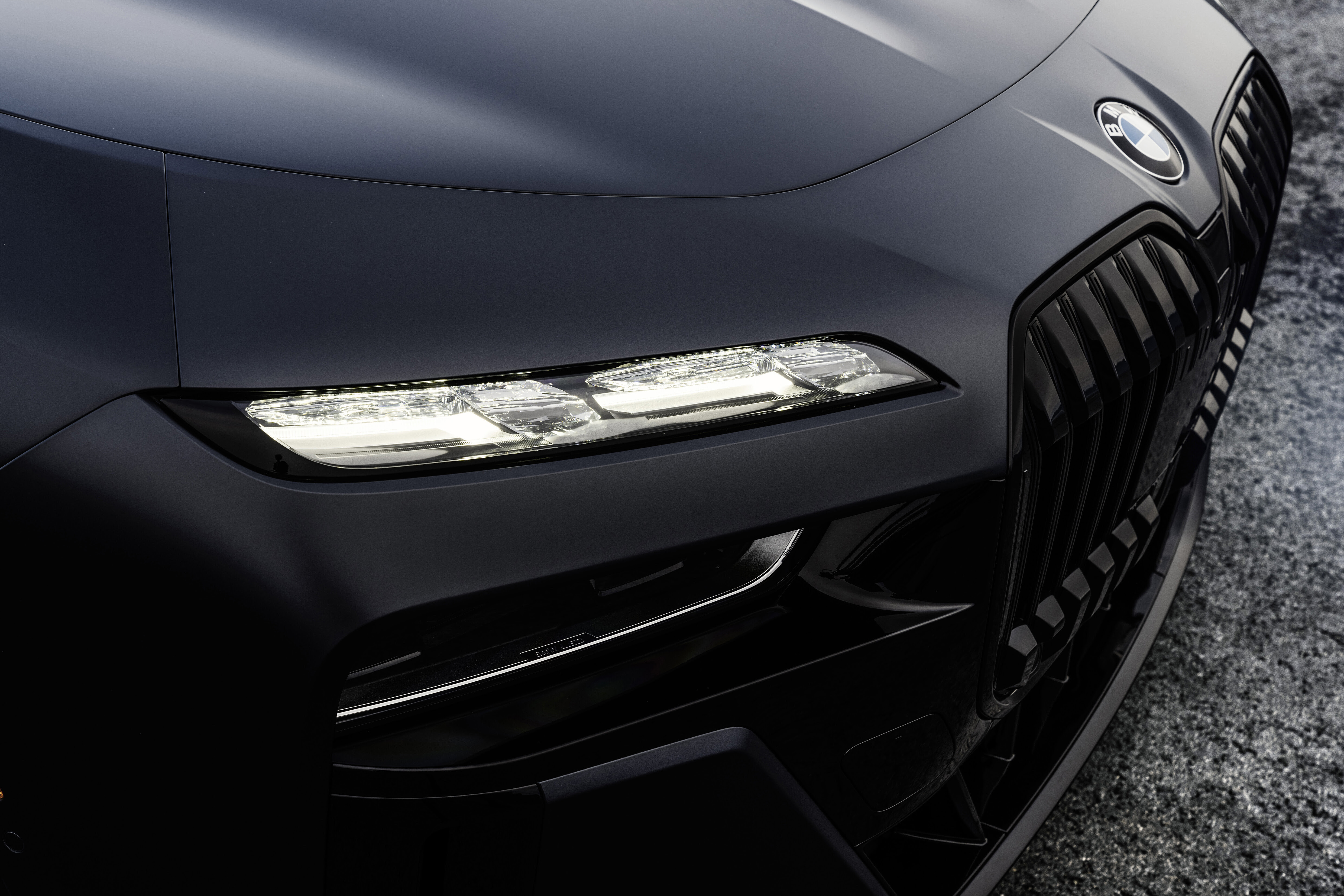
BMW claims it has reduced the carbon footprint of its Mercedes-Benz S-Class and Audi A8 rival by approximately 39 per cent, although it has grown physically.
Measuring in at 5391mm long, 1950mm wide and 1544mm high, with 3.2m between the wheels, the 7 Series is closer in size to the previous long-wheelbase iteration.
First seen on the updated X7 large SUV, the 7 Series adopts BMW’s latest split headlight design – in addition to a large, illuminated double-kidney waterfall grille with vertical chrome bars.
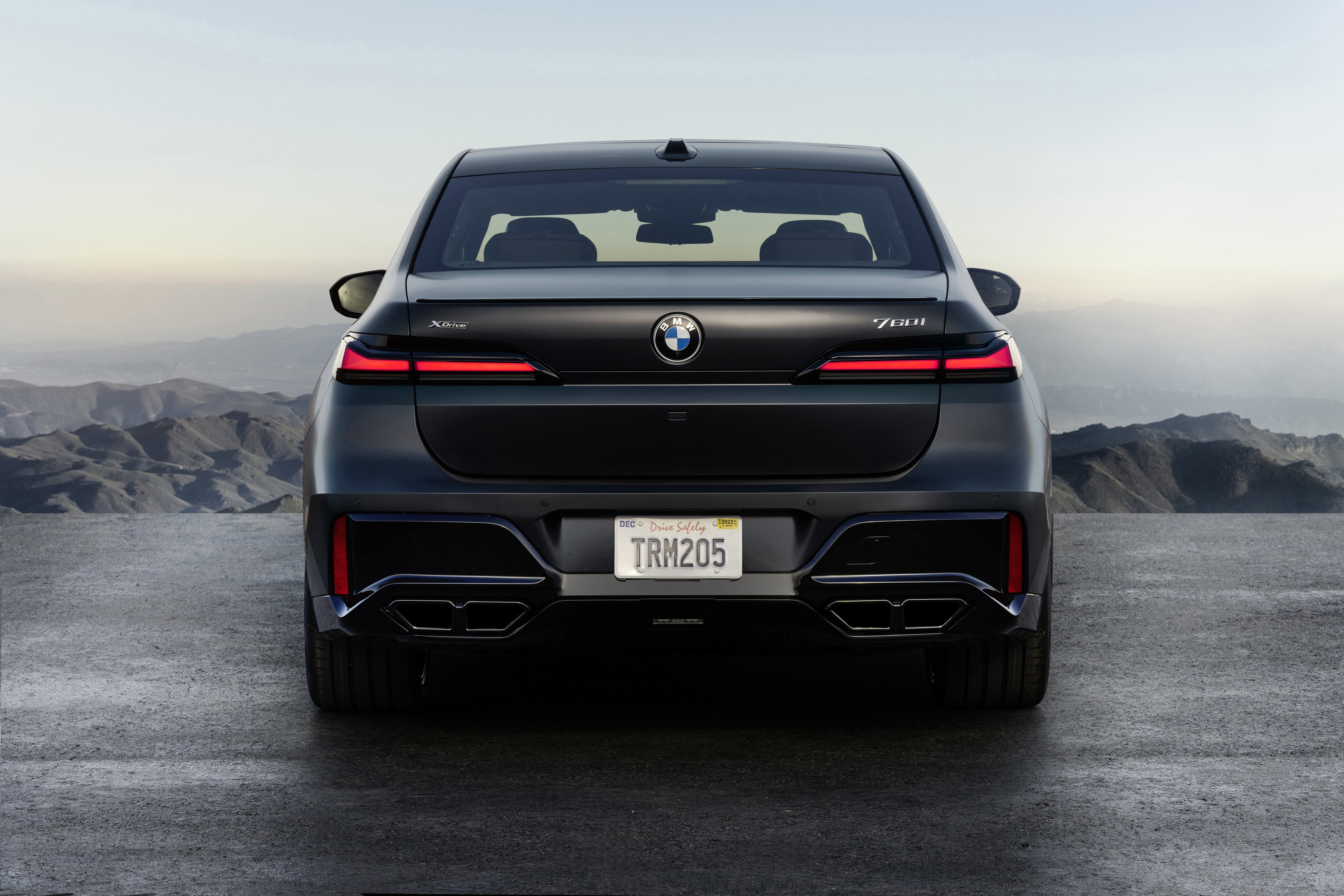
The controversial stacked lighting configuration includes a thin upper daytime running light strip and partially hidden adaptive matrix LED headlights.
Buyers will be able to option the daytime light unit with crystals from Swarovski arranged in L-shapes, with each backlit by 14 LED units.
The marque has developed a welcome and goodbye scenario to showcase the lighting, with the crystal unit following the illuminated ‘Iconic Glow’ surround of the kidney grille when the vehicle is approached.
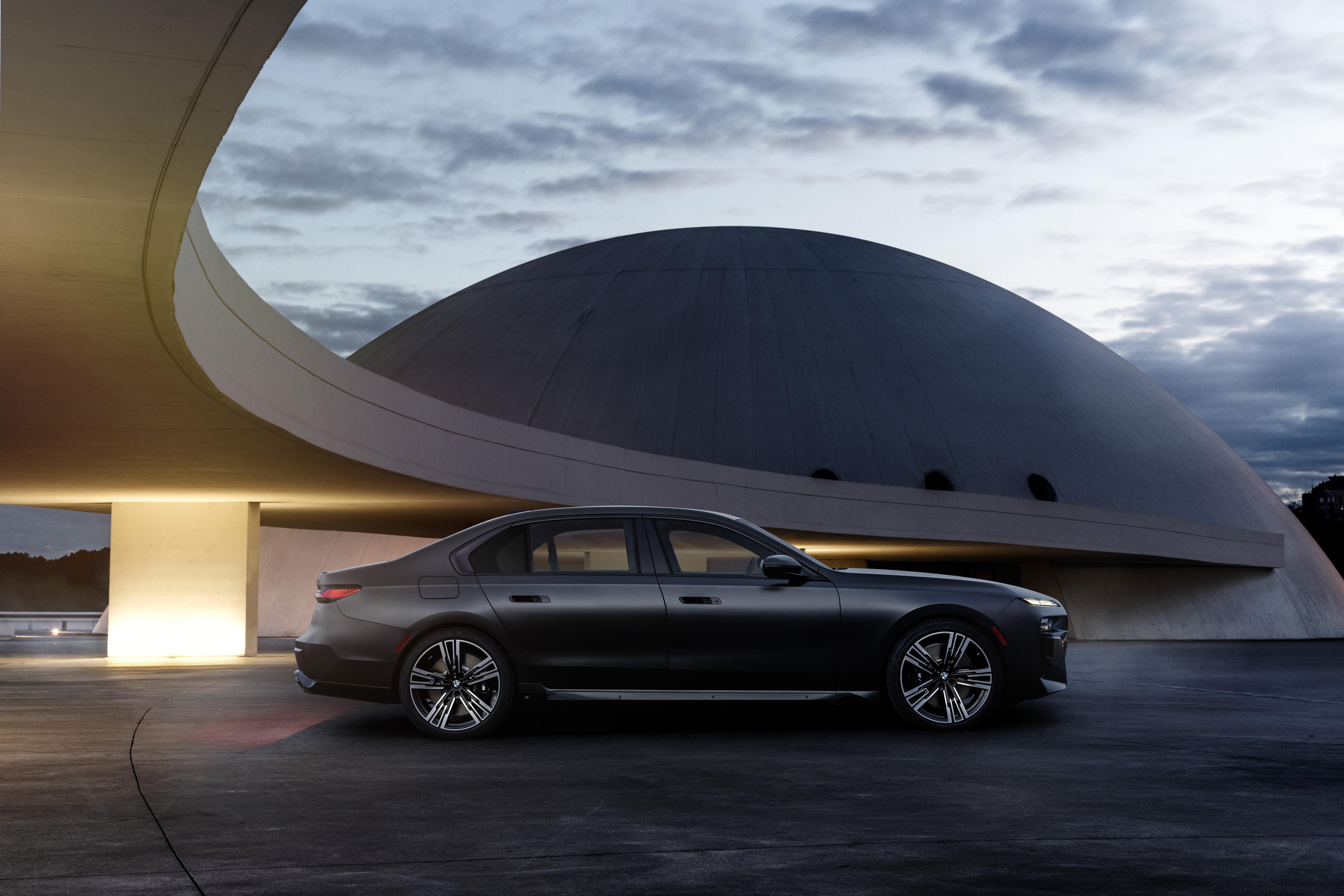
Along the side, the 7 Series includes fewer creases with flush door handles from the electric iX crossover and thick chrome on the C-pillar to accentuate BMW’s famous Hofmeister kink.
For the first time, a two-tone paint finish by BMW Individual will become available to compete against the avant-garde Mercedes-Maybach S-Class.
A range of 19- to 22-inch alloy wheels will be offered.
Interior

Inside, the 7 Series picks up the latest BMW design cues, including a broad curved display running the modern iDrive 8 operating system.
This consists of a 12.3-inch digital instrument cluster and 14.9-inch touchscreen, as seen on the iX and facelifted X7.
BMW has also introduced the Interaction Bar, which comprises a crystalline strip running across the entire dashboard to house an ambient lighting system and touch-sensitive controls for various functions.
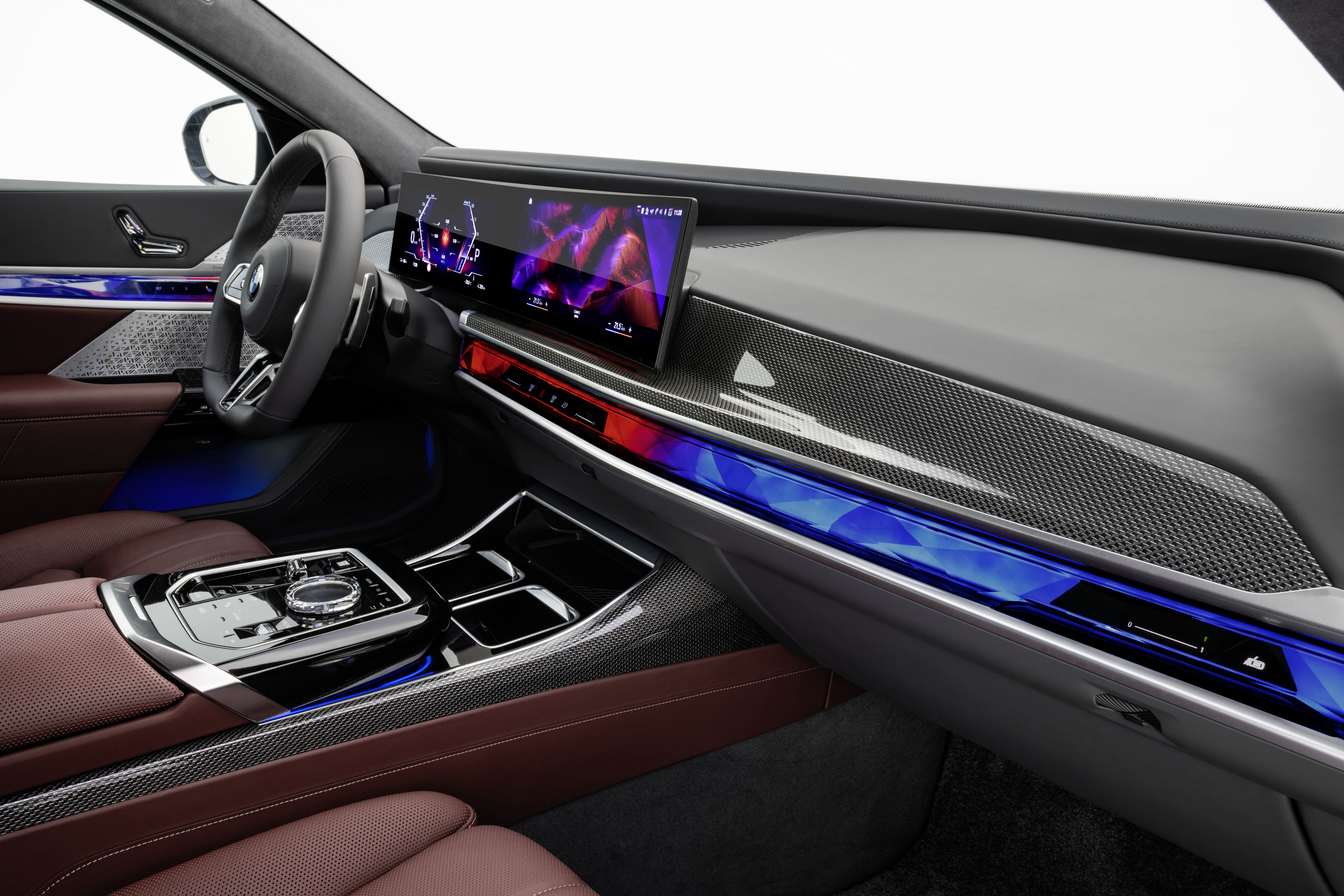
The infotainment system features 5G connectivity, allowing passengers to enjoy video-on-demand services such as YouTube – but only when the vehicle is stationary – while augmented reality satellite navigation is new to the 7 Series.
Rear passengers are treated to the large theatre screen that extends downwards from the roof to provide a 31.3-inch 8K panoramic display equipped with Amazon Fire TV, in a 32:9 two-in-one panoramic display format.
The in-house BMW personal assistant has been expanded to the second-row, allowing rear passengers to control a slew of functions by voice, while the rear seats can now be reclined 42.5 degrees.

A 5.5-inch digital screen is integrated into each rear side door, with occupants able to operate the cinema display, make phone calls and adjust comfort-orientated features.
As standard, 18 in-car 655-watt speakers will be offered in the 7 Series, however, the available Bowers & Wilkins Diamond Surround Sound System includes 36, 1965-watt high-quality speakers with a 4D audio experience and magnetically controlled vibrations to improve bass.
Cloth seats also make a return, with stain-resistant cashmere wool trim joined by a number of synthetic leather and real leather options.
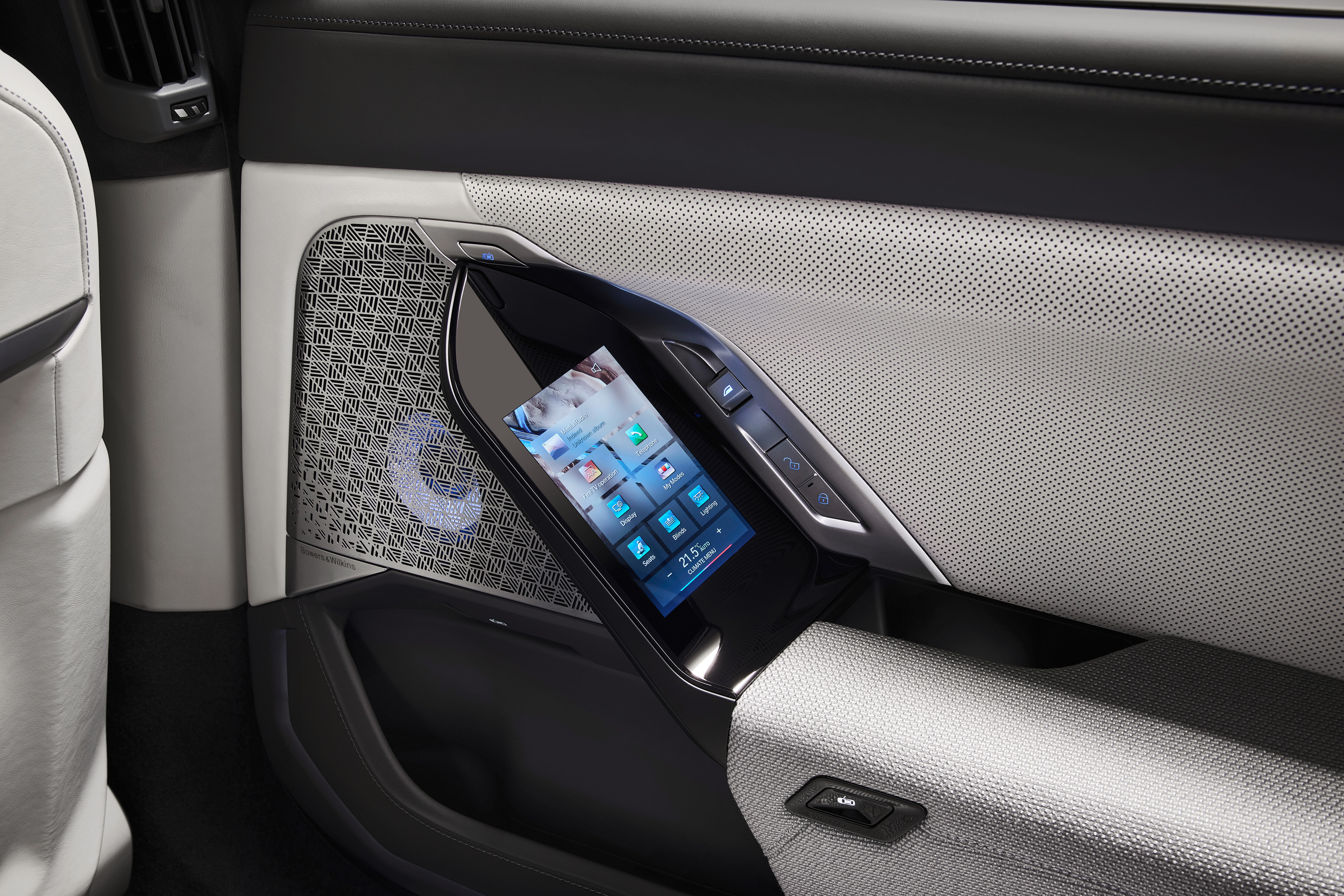
Autonomous driving
As expected, each model will include a full suite of active safety technology, with the latest additions including an exit warning function and an improved autonomous emergency braking system.
However, the big news is the autonomous driving capabilities of the new 7 Series.
When equipped with the optional Driving Assistance Professional Package, BMW claims the latest-generation vehicle is capable of Level 3 autonomous hands-free driving at speeds of up to 130km/h on select North American highways.

Powertrains
BMW will offer six internal-combustion options at launch, all fitted with an eight-speed automatic transmission and some form of electrification.
Petrol-powered versions consist of the rear-wheel-drive six-cylinder 735i, more powerful 740i, and the flagship 760i with a twin-turbo V8 and all-wheel drive.
The brand’s 3.0-litre turbocharged inline-six is found under the bonnet of the 735i and 740i, both matched with a 48-volt mild-hybrid system.
Destined for China, the entry-level 735i produces 210kW of power and 425Nm of torque, while the global 740i increases power to 280kW/540Nm.
Meanwhile, the 760i sports a 400kW/750Nm 4.4-litre twin-turbo V8. This is a decrease in power over the outgoing M760Li, which featured a 6.6-litre twin-turbo V12 producing 448kW/850Nm.
Instead, BMW will offer a plug-in hybrid to succeed the previous M Performance version of the 7 Series.

The M760e xDrive will become available in early 2023, pairing the 280kW turbocharged inline-six from the 740i with a 145kW electric motor for a total system output of 420kW/800Nm (with temporary boost).
It has a WLTP-rated electric driving range of 84-kilometres and will complete the 0-100km/h sprint in 4.3 seconds, on the way to a top speed of 250km/h.
A less-powerful 750e xDrive is also available, with 360kW/700Nm, an electric driving range of 89-kilometres and 0-100km/h in 4.9s.
The sole diesel option at launch is the 740d, featuring a 220kW/670Nm mild-hybrid 3.0-litre turbocharged inline-six.

Availability
BMW expects approximately 50 per cent of all 7 Series sales to originate from China, with an additional 20 per cent across Asia.
The 2023 BMW 7 Series and i7 will launch in Australia in the fourth quarter of 2022 (October to December inclusive), with local pricing and specification to be announced at a later date.

